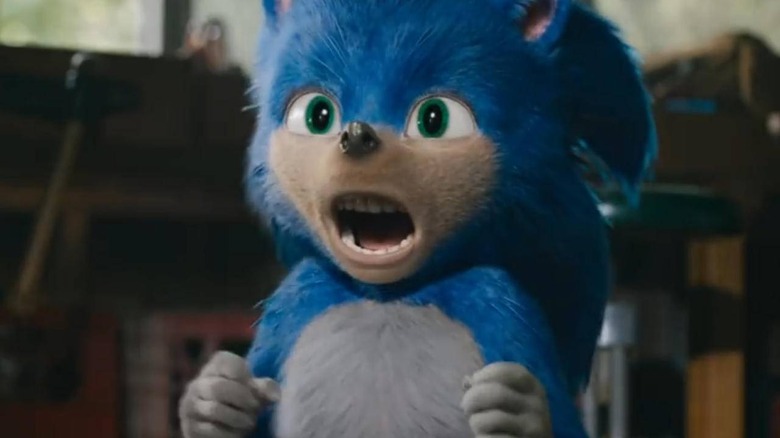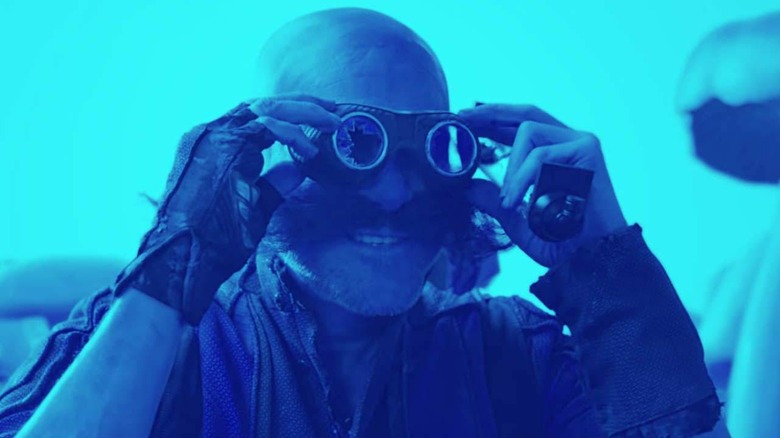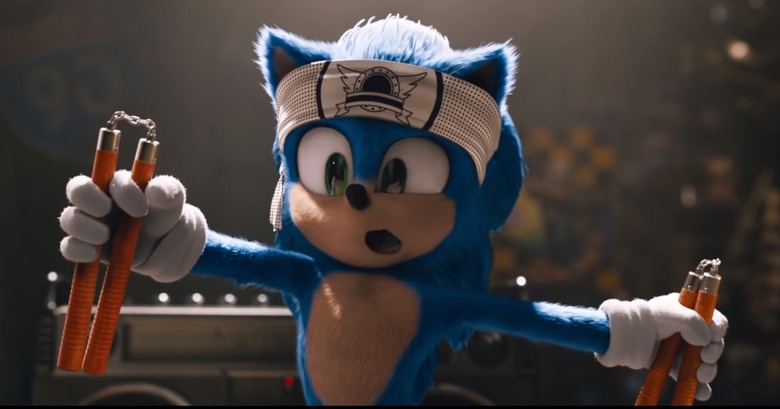The Inspiring Comeback Of Sonic The Hedgehog
What a comeback it has been for Sonic the Hedgehog. Despite the abysmal backlash against its debut trailer – coupled with the fact that it is a video game movie – our favorite blue hedgehog shot to the top of the box office last weekend. Bringing in an estimated $70 million domestically, this is the best opening weekend a video game adaptation has seen.
While that figure doesn't compare to the millions of dollars hauled in by Disney movies, we have to consider just how negative the market has been for video game movies. Tomb Raider and Assassin's Creed both took in around $50 million in their domestic opening weekends. That isn't too far off Sonic's performance, but it is a dismal figure given the bigger production budget those films carry.
Sega already looks to be making its money back comfortably, with earnings almost doubling its budget – and its just the second week.
But enough numbers. Sonic the Hedgehog's comeback is a brilliant lesson for studios and businesses trying to win the hearts of audiences. This is how it played out.
April 2019
Rewind back to the start of 2019 and things could not be worse for the little blue hedgehog. In a same vein as the Cats movies, filmmakers opted for a realistic, humanoid take on the furry friend. Sonic was still blue, but his features were a lot more humanly proportionate – limbs of human-like width, smaller eyes and a set of teeth that creeped us out. His fur was strangely frizzy too.
Viewers were not impressed. The film's hopes seemed crushed, and its release date was delayed by three months for an emergency overhaul. The production team was brought back for some serious over-time. Sega brought back former Sonic video game and comic artist Tyson Hesse to lead the redesign, which would add an estimated $5 million to the film's budget.
It was money well spent. The much-needed revamp returned Sonic back to its roots. Big eyes, a cartoonish-ly bigger head, smoother fur and stick-like legs. It was the Sonic we know and loved, a big relief for the fans.
How Sega handled the backlash was nothing short of a masterclass of public relations.
Director Jeff Fowler quickly tweeted: "The message is loud and clear. You aren't happy with the design & you want changes," signalling that the team was listening and willing to act.
Shifting the release date three months back was the next wise step. It meant the film wouldn't be rushed, assuring fans the team would have ample time to make changes consistently across the board.
Cartoon and proud
And when the new trailer came out, the overall product benefited immensely. The initial realistic take on Sonic seemed at odds with Jim Carrey's hyper-eccentric – and cartoony – take on Dr Robotnik. The new Sonic returned it to its cartoonish roots, reminding viewers this was entirely a work of childlike fantasy. It wasn't trying to be something from our world.
This runs contrary to many animated projects in Hollywood today that are so interested realistic portrayals of fantasy characters. The Lion King, Aladdin and Cats all suffer from this bizarre fixation with making cartoons (and stage productions) come to life. These stories exist purely in the realm of fantasy and child-like imagination. Much of this fantastical energy is drowned out when it's bounded by the laws of our world. Sonic the Hedgehog is proof of this.
Against the odds
These changes may have won the favor of the fans and some critics, but Sonic the Hedgehog had another problem: dump month. Typically, films released in January and February are the ones that studios don't have high hopes for in the holidays. We've seen studios release some of their worst movies during the first quarter, often characterized by lazy horror flicks and uninspired comedies.
The poor box office performance of Birds of Prey (now titled Harley Quinn: Birds of Prey) shows just how difficult it is to score during this period. Harley Quinn was supposed to be the glimmer of hope for DC, but it was sadly let down by poor marketing and the untimely coronavirus outbreak that shatters its hopes in Asia. People were avoiding cinemas, making it an even tougher time for any film, let alone Sonic the Hedgehog, to thrive.
And these difficult conditions go to show how big a miracle Sonic the Hedgehog's comeback really is. It has risen against the stigma of dump month releases and convinced audiences to head out to the cinema. As the saying goes, there's no such thing as bad publicity, and the Sega team have ingeniously leveraged on the widespread media attention and recaptured the hearts of fans.



